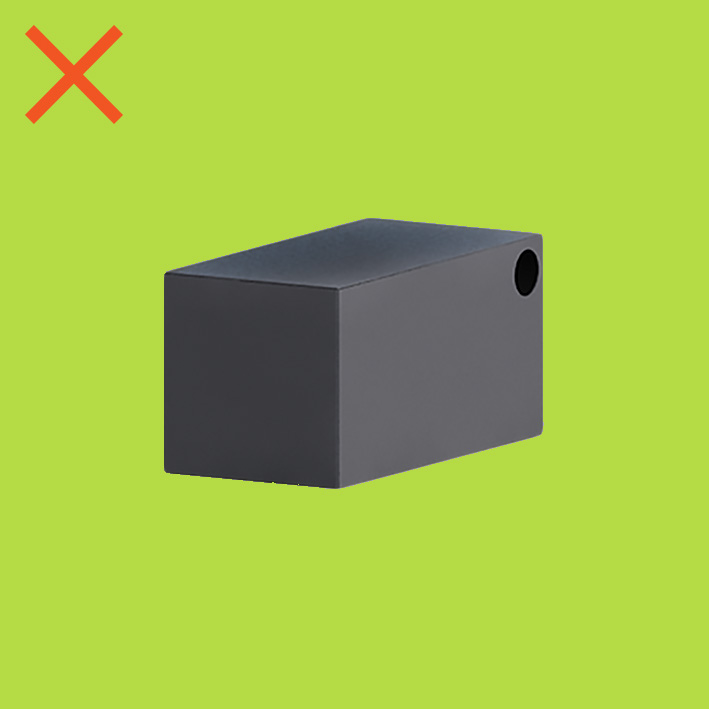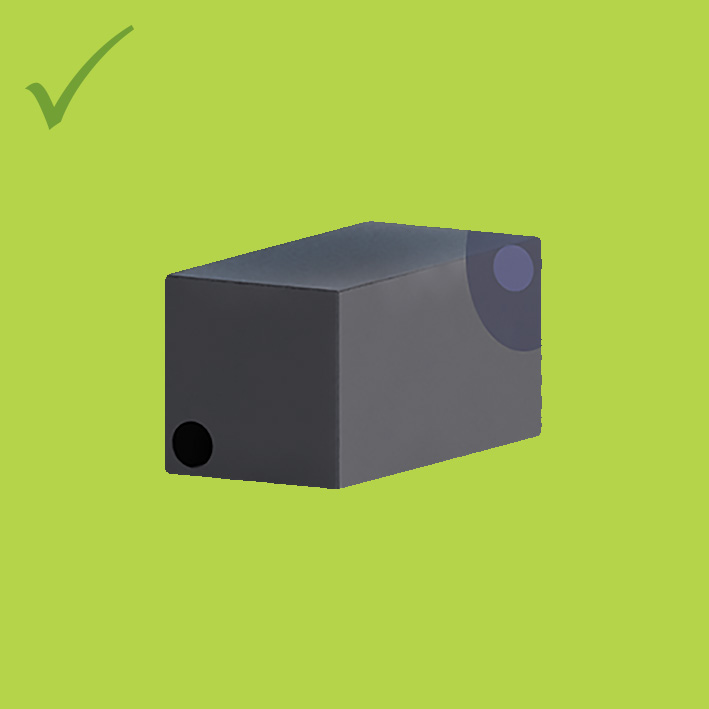Importance of venting and draining
Purpose
Formation of the hot dip galvanized coating occurs from the reaction of ferrous metal and molten zinc. The ferrous metal needs to have a clean, unoxidised surface for the molten zinc to react with it.
The purpose of venting and draining is to ensure the article can be immersed and withdrawn from each stage in the process in a safe, efficient and effective manner. Both the pre-treatment solutions (to clean the article) and the molten zinc must be able to flow freely into and around the article so contact is made with all surfaces and all air is displaced. In turn, the liquids must then be able to flow out of and run off the article.
Figure 1 – purpose of venting and draining

Sealed Unit – Super heated stream inside leads to Explosions

One Hole – Will vent steam but unit will float

Two Holes – Allows unit to vent and drain and to be galvanized inside and out
Safety
Immersion of a sealed article into molten zinc will result in any trapped moisture becoming
super-heated steam inside the article and will lead to an explosion (Figure 1). Any trapped fluid from the pre-treatment will expand rapidly when dipped in molten zinc and is also a safety concern.
Trapped air due to an inadequately vented area of an article has two effects on galvanizing:
- Will stop the pre-treatment solutions from cleaning that section of article and/or prevent zinc contacting the surface so the galvanized coating will not form, creating a bare spot.
- Can cause the article to float in the zinc bath, due to the similar densities of molten zinc and steel. For hollow sections, a general rule is if an article contains more than 15% of its internal volume as air, it will not sink in the molten zinc.
Hence, vent holes need to be provided to allow air and moisture to escape.
The density and viscosity of molten zinc are also important factors in allowing adequate drainage of molten zinc from articles.
Quality
The size of holes for venting and draining, as well as their placement, has an impact on immersion and withdrawal.
Trapped air and fluid, as well as being a safety concern, can cause quality issues (for example, bare spots on the surface). Larger holes allow faster flow of zinc in and out of the article, making immersion and withdrawal easier. This results in a better quality finish.
Slow flowing zinc from inadequate holes tends to produce unsightly zinc runs and pimples.
Inadequate venting and draining of steel with a more reactive chemistry will grow thicker, duller and more brittle coatings if the article can only be immersed and withdrawn slowly from the bath.
If the molten zinc is not readily drained from in or around the article, it may become excessive dead weight on the article or the lifting equipment. This can cause dimensional instability for thin walled hollow vessels (e.g. tanks).
Aesthetics
Factors affecting the quality of the hot dip galvanized coating may also impact on aesthetics.
Hole placement for venting and draining may be an aesthetic issue and should be addressed at the design stage of the article. For example, the choice of hollow or open structural sections will effect the amount, type and location of venting and draining needed in order for the article to be safely galvanized.
The availability of good hanging points for the article is another factor that will improve aesthetics.
Any specific requirements with regards to aesthetics should be discussed with the galvanizer during the design stage or prior to fabrication.





